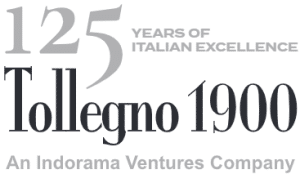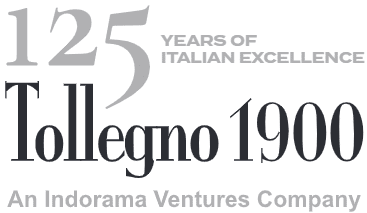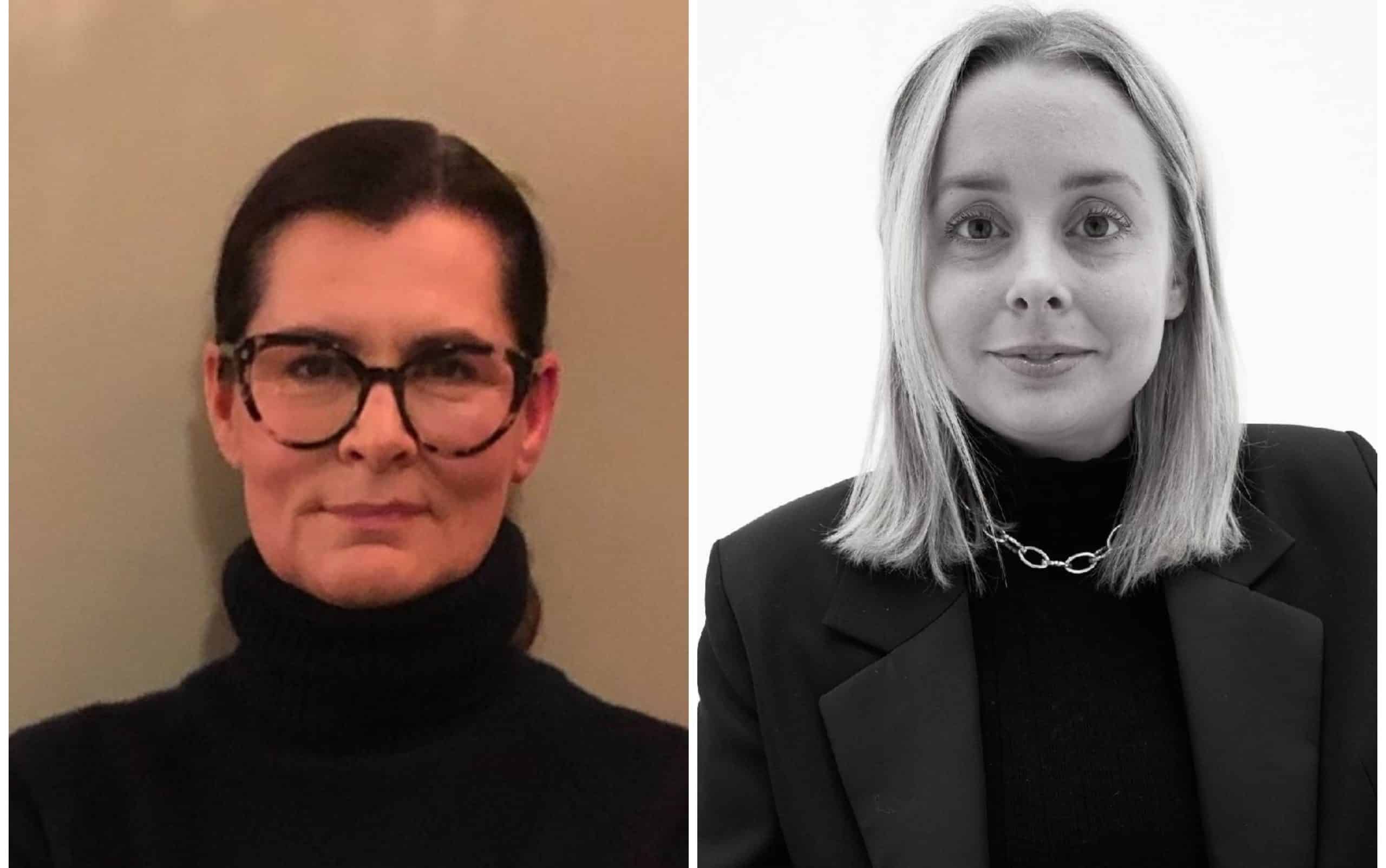Swedish fashion house Filippa K is releasing its first products that are part of the Fiber Traceability Initiative, aiming to improve traceability in the wool industry and establish a transparent value chain for wool materials. Pioneered in partnership with Axfoundation, GS1 Sweden, VirtualRouteZ and other brands, the initiative has developed a beta solution for Filippa K to add next generation QR codes on wool garments that track the material back to its origin.
“We are thrilled to take this next step in the Fiber Traceability Initiative giving the Filippa K community an opportunity to understand the story behind these wool garments. This is just the beginning of our collective progress, we look forward to growing the initiative and continuing our work with Axfoundation, GS1 Sweden and VirtualRouteZ.” Says Anna Berne, Filippa K VP of Product & Sustainability. Customers can simply scan the QR code powered by GS1 to read about the piece’s full supply chain and care advice. In addition to the customer benefit, the initiative enables brands and suppliers to prepare and comply with upcoming EU regulations for digital product passports, and improves sustainable market structures for farmers.
Martina Jall – Filippa K Product Director e Josephine Norris – and Filippa K Interim Product Development Manager / Responsibility Manager – explain the project.
How did the idea of the Fiber Traceability Initiative come about?
The idea of The Fibre Traceability (FTI) Initiative came about because Filippa K wanted to prove it is possible to advance transparency from farm to finished garment.
Filippa K realized it needed a different business model to get the value chain visibility and collective action to effectively execute on its preferred fibres and materials strategy (previous attempts at traceability back to farm have been unsuccessful). Through FTI, we will be able to move beyond generalized life-cycle assessment (LCA) data and gain access to real data on farming practices. We are also able to trace in real-time so the customer has all traceability information at time of purchase, instead of the traditional way of tracing upstream after production is complete.
We released 12 garments in our Autumn/Winter 2024 collection with QR codes sewn directly into the garments, powered by GS1. By simply scanning these codes, our customers can trace each piece’s journey, from the farm where the wool was sourced to design details, care instructions, and options for its second life. This transparency addresses a key challenge in today’s wool industry, where fibers are often blended and traded globally, limiting visibility into their specific origins or the production standards involved.
This is a huge effort from all partners in our value chain, including Tollegno 1900. We source our wool exclusively from Responsible Wool Standard (RWS) certified farms in South Africa, including Gildenhuys Boerdery, Bibbey Farm, Loubser Koch Investments, Coeja Boerdery, Grass Co. Farm, and 3GD Boerdery. Processing occurs across facilities in Lempriere Bulgaria, Tollegno 1900 and Millefili in Italy, and Poland, with each stage in the production chain digitally logged. At each transfer or processing step, 2D codes are scanned to create a chain of custody, allowing us to build a comprehensive record of each garment’s journey from farm to finish. This complete trail is available to customers with a quick scan, providing visibility into each step of the supply chain.
How and why did the collaboration with Tollegno 1900 come about?
Filippa K has used Tollegno 1900’s yarns for the last few years and have always had a valuable relationship with them. Their yarns are something that we see as timeless and the quality is the kind of yarn we look for to be a constant in our collection. This was important to us when choosing partners for this program as we want it to be a long standing partnership.
It has been a privelage to work with a heritage yarn brand like Tollegno 1900 who sees the potential and importance of this program. This kind of tracebility has never been achieved before in a way which allows such visibility in existing value chains. Tollegno 1900’s openness, eagerness and transparency to join Filippa K in the journey has been crucial to the success. We have approached other supply chains that we use, and unfortunatley had less success. The industry is historically built on long-term relationships when it comes to fibre purchasing and prehaps not all suppliers are brave enough to try a whole new way of working without proof of concept. Not all members of different value chains are necessarily ready to open to this level of visibility. Tollegno 1900 has shown that they are eager to help prove that this new way of working is possible, which will hopefully shape the future of the industry!
What do the two brands have in common?
Filippa K and Tollegno 1900 both value quality, longevity and timless simplicity. In a world of fast fashion, there is a lot to be valued in a partnership where both brands understand the value and importance in these points, as well as transparency and innovation.
What are the characteristics of the yarn specially made for you by Tollegno 1900?
The yarn we have been using with Tollegno 1900 is the Harmony 2/30nm. It is 100% RWS wool and very soft. It has a very clean look to it and we have experienced no pilling at all. It is light and breathable and the optimal yarn for both winter and summer collections.
In the future, how will the Fiber Traceability Initiative project evolve?
For Tollegno 1900, we hope that it can also evolve further for them through offering traceability to farm level to more of their customers and help to make this an industry standard.
Filippa K believes this initiative lays a strong foundation for improved traceability across the textile industry, and we’re excited to keep building on this model with more of our value chains and also new fibres. In order to change the industry, we need leverage. We are continuing to search for more partners to continue the program with and grow the brand usage of this established wool supply chain. So please do reach out if you are reading this and want to achieve something similar. Collaboration is key!






